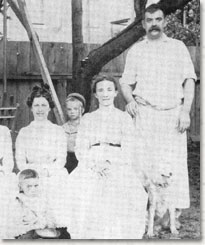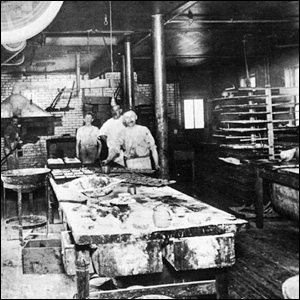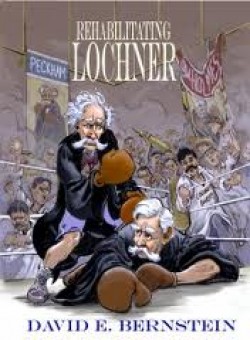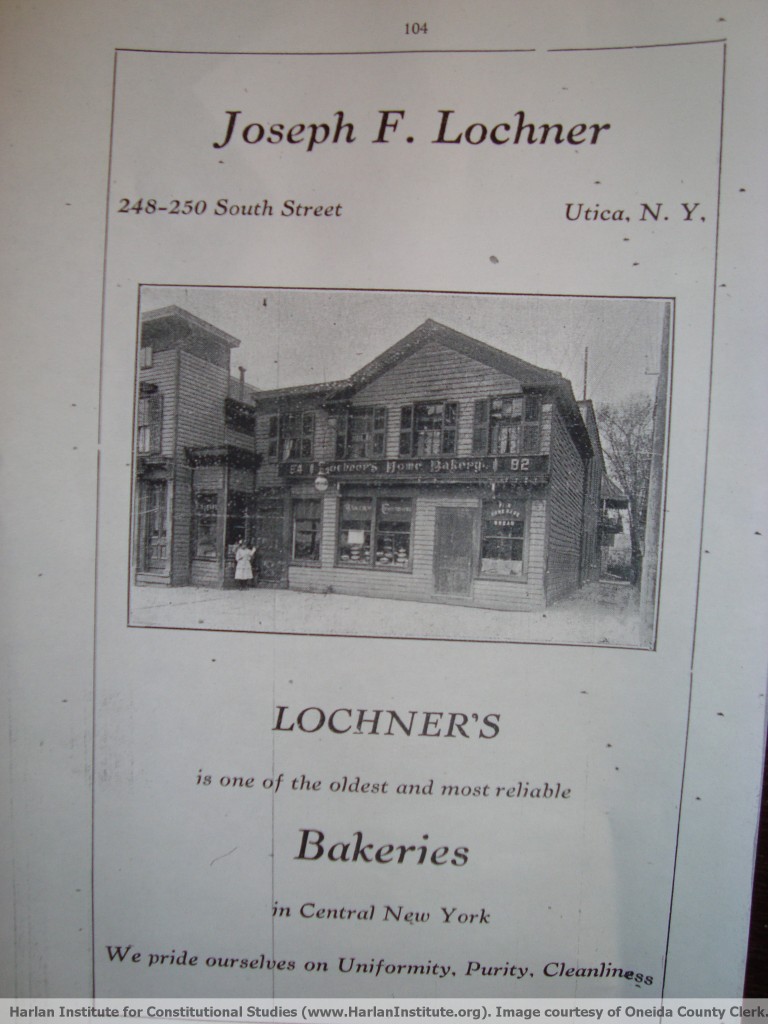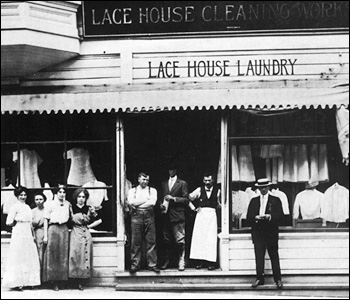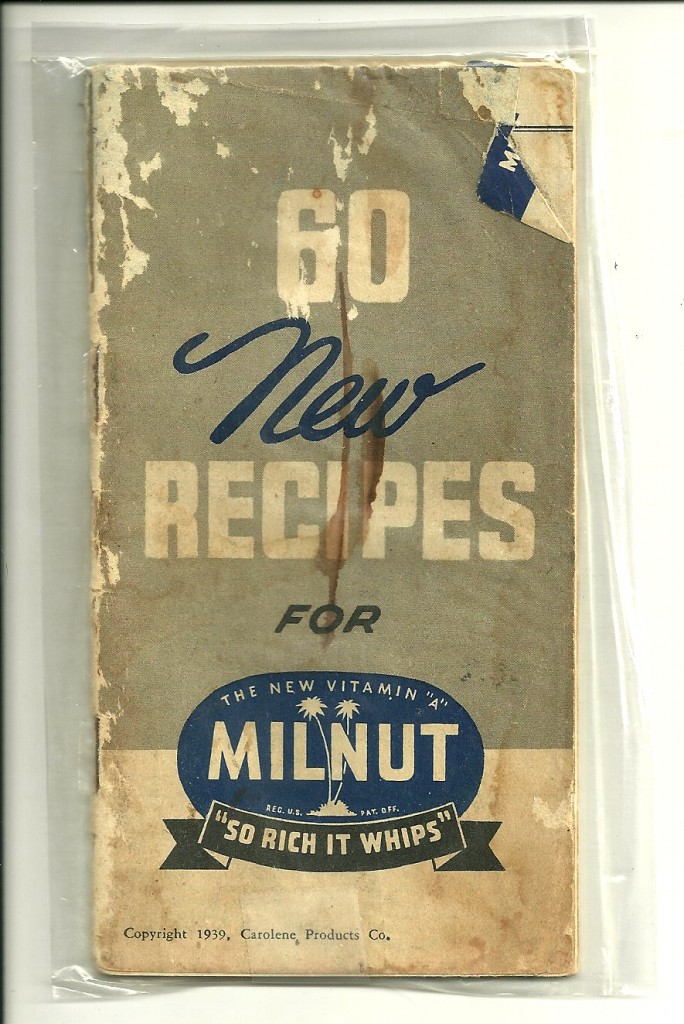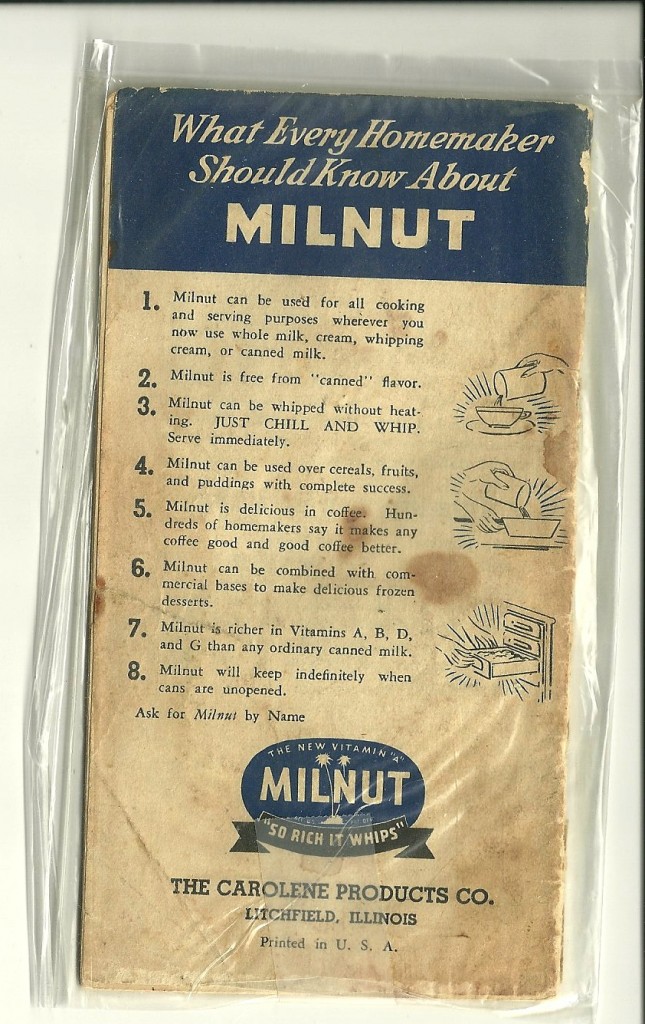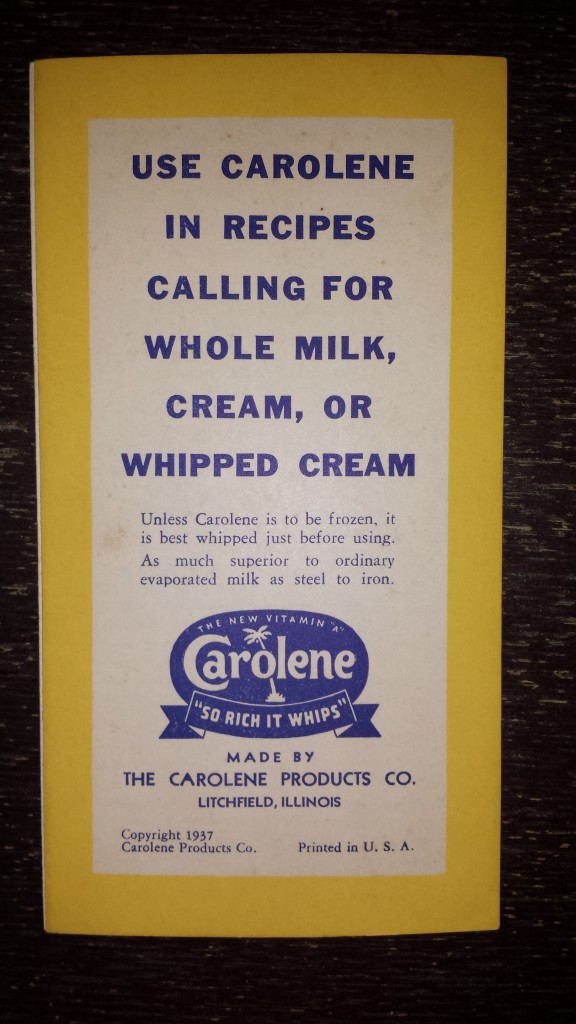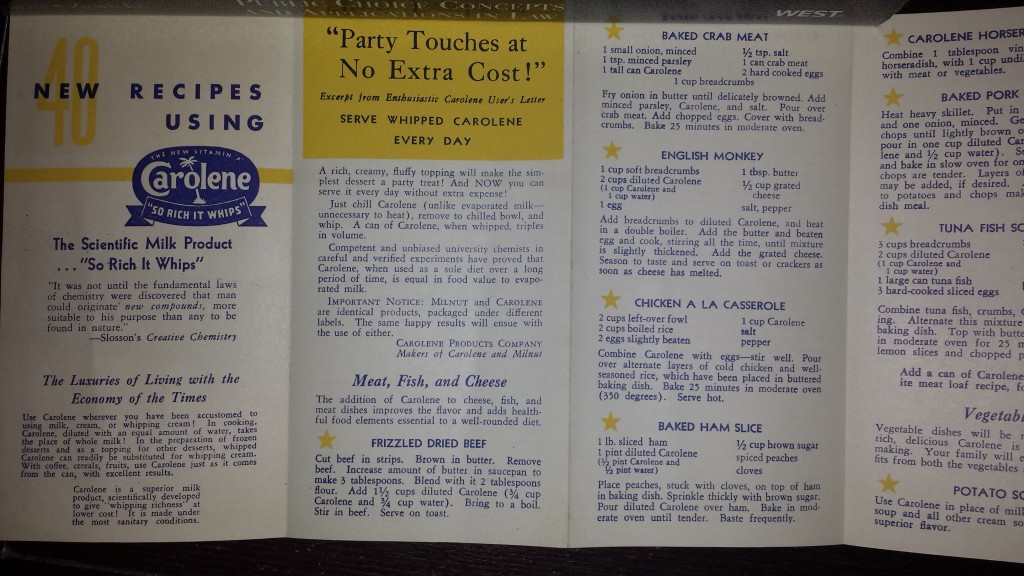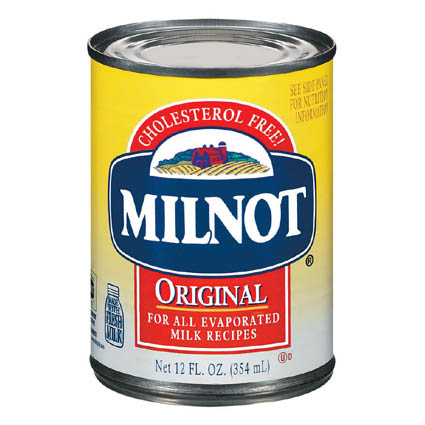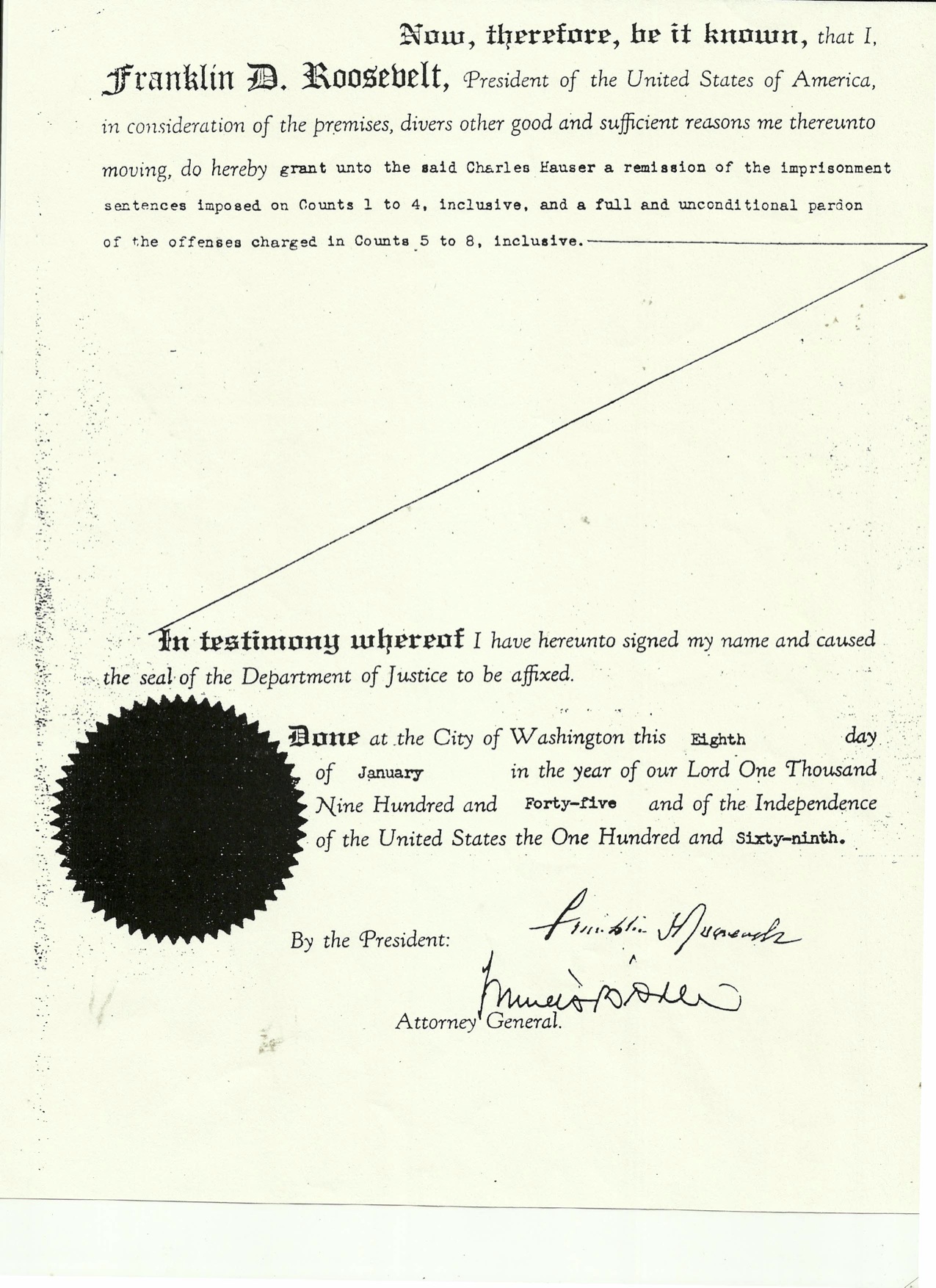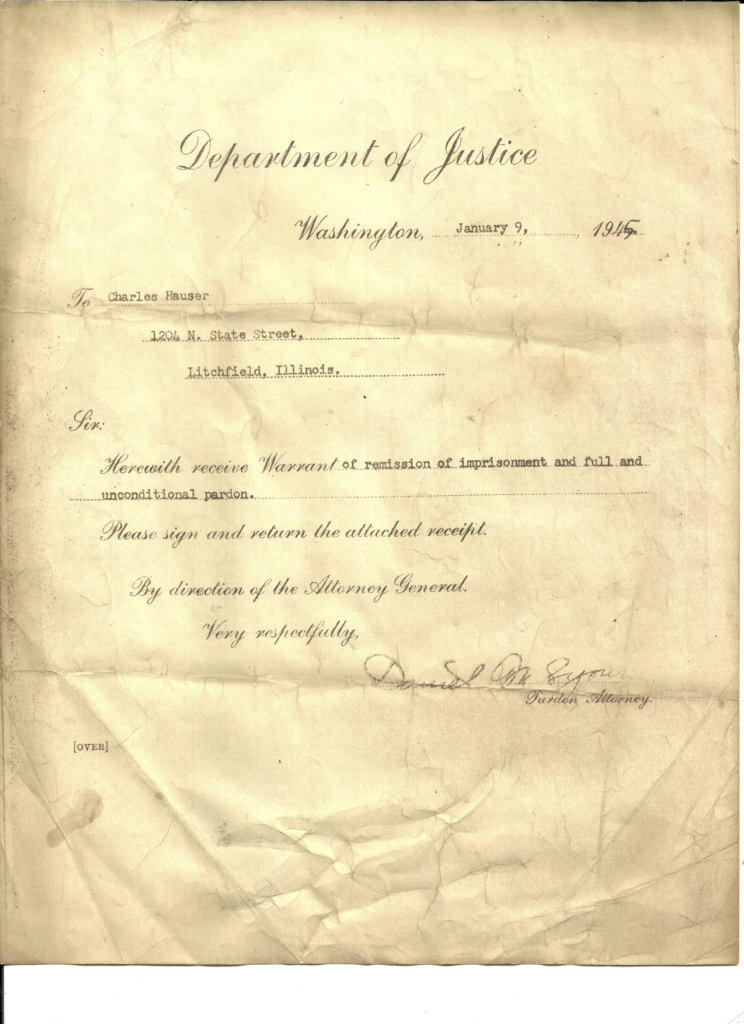University of Houston LawProf Seth Chandler continues his cutting-edge blogging about the economics of Obamacare. Seth explains that in 2016, Houstonians buying policies on the Obamacare exchanges will have virtually no choice of selecting doctors. Why? The exchanges no longer offer any PPO plans, which afford the “greatest choice of doctors,” and the so-called platinum plans are “on their way to extinction.”
In 2015, there were 19 PPOs available in Harris County, 12 from Blue Cross Blue Shield and 7 from Cigna Healthcare. In 2016, according to the preliminary data available on healthcare.gov and released Sunday, there are none. Nor does the matter improve my considering POS plans, which also offer a greater degree of choice of doctor than does an HMO. In 2015 there were17 such plans in Harris County, 10 from Aetna and 7 from Humana. Those are gone too in 2016. So, basically, it is no longer true in Harris County that you have a choice of doctor if you purchase an Obamacare plan. You get what the HMO or EPO gives you.
Platinum plans are now almost extinct. In 2015, there were three platinum plans available in Harris County, an HMO and POS offered by Humana and and EPO offered by United Healthcare. According to the preliminary information released Sunday, only the Humana HMO survives. Thus, you can get a plan that has minimal cost sharing, but no longer one that offers great choice of medical practitioners. The Humana POS and the United EPO are gone.
PPO plans dropped from 19 to 0. Platinum plans dropped from 3 to 1. Why is this happening? Seth explains:
All of this is the very predictable consequence of a design flaw in the ACA. It heralds an unraveling of the Obamacare market. Who is willing to pay the extra cost of a PPO: generally people who value a long term relationship with their physician. And those people are disproportionately less healthy than others. Hence, the PPO pool tends to be populated by people who are expensive to treat. Although insurers could, in theory, compensate for this by raising premiums to very high levels, in fact that does not work for long because, with premiums yet higher, only the least healthy of the least healthy persist, and the pressure on premium grows. Insurers, seeing the handwriting on the wall, thus kill off these plans before they technically implode.
…
When the Obama administration releases its data in a form that is more susceptible to in depth analysis, we’ll be able to see if Harris County is representative or an anomaly. Although the trend may be stronger or weaker in other areas, I predict it will not show there is much special about the Houston, Texas area in its vulnerability to a death spiral.
As I work on Unraveled, I will leave the final chapter unwritten. As we hurdle towards 2016, the long-term fate of Obamacare will be decided not by the Supreme Court, but by the law itself–and how the next President approaches it.
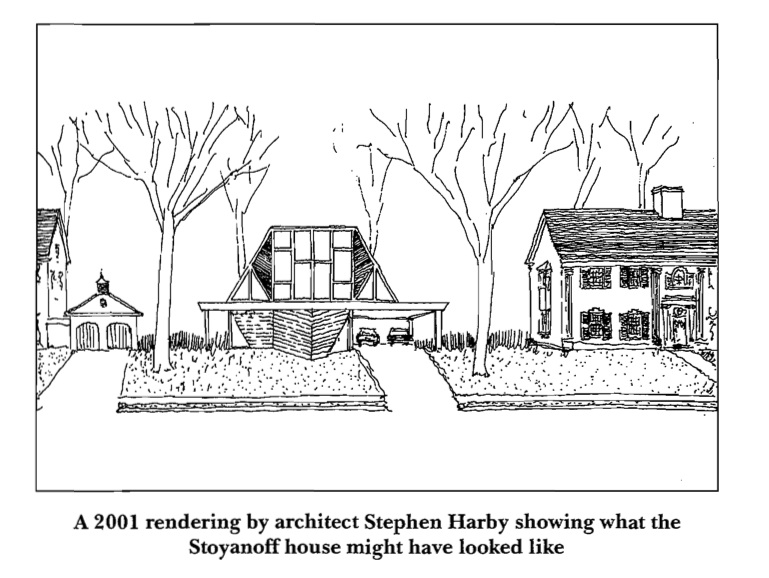








![[Fallingwater: fall photo]](http://www.wright-house.com/frank-lloyd-wright/fallingwater-pictures/fallingwater-1.jpg)
